Exceptional: an extragalactic exoplanet
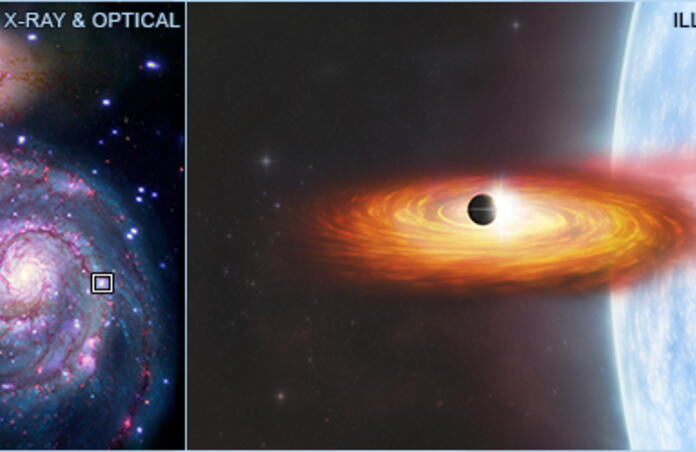
An international collaboration publishes evidence for "The First Candidate for a Planet in an External Galaxy".
NASA's Chandra X-ray Observatory and ESA's XMM-Newton were pointed at 55 systems in Messier 51 (the famous Whirlpool galaxy), 64 systems in M101 (also known as the Pinwheel galaxy), and 119 systems in M104 (the Sombrero galaxy) before obtaining this one, exciting result from M51. Until this was published, while astronomers were expecting stars in other galaxies to also be surrounded by planets, we only knew of the 4500+ that are found in our Milky Way, among which an overwhelming majority are “only” 3000 light-years away from Earth.
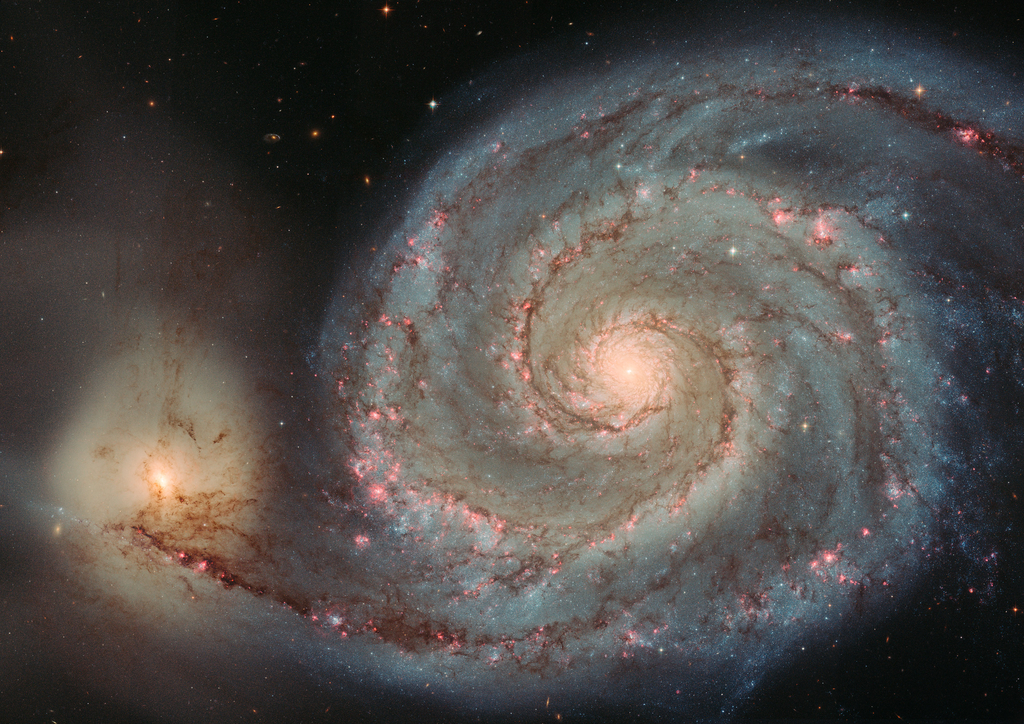
With the usual transit method to detect exoplanets, what’s observed is the planet briefly dimming the amount of light we receive from a star as it passes in front of it (in our line of sight). Searching in the X-ray regime allows us to look at much greater distances, because the planet blocks almost all the emissions from the X-ray emitting body. This can be achieved because those rays get produced in a small area of a binary system that the planet can easily eclipse. That area is where the material that the white dwarf, neutron star or black hole pulls from its Main-Sequence companion reaches that stellar remnant.
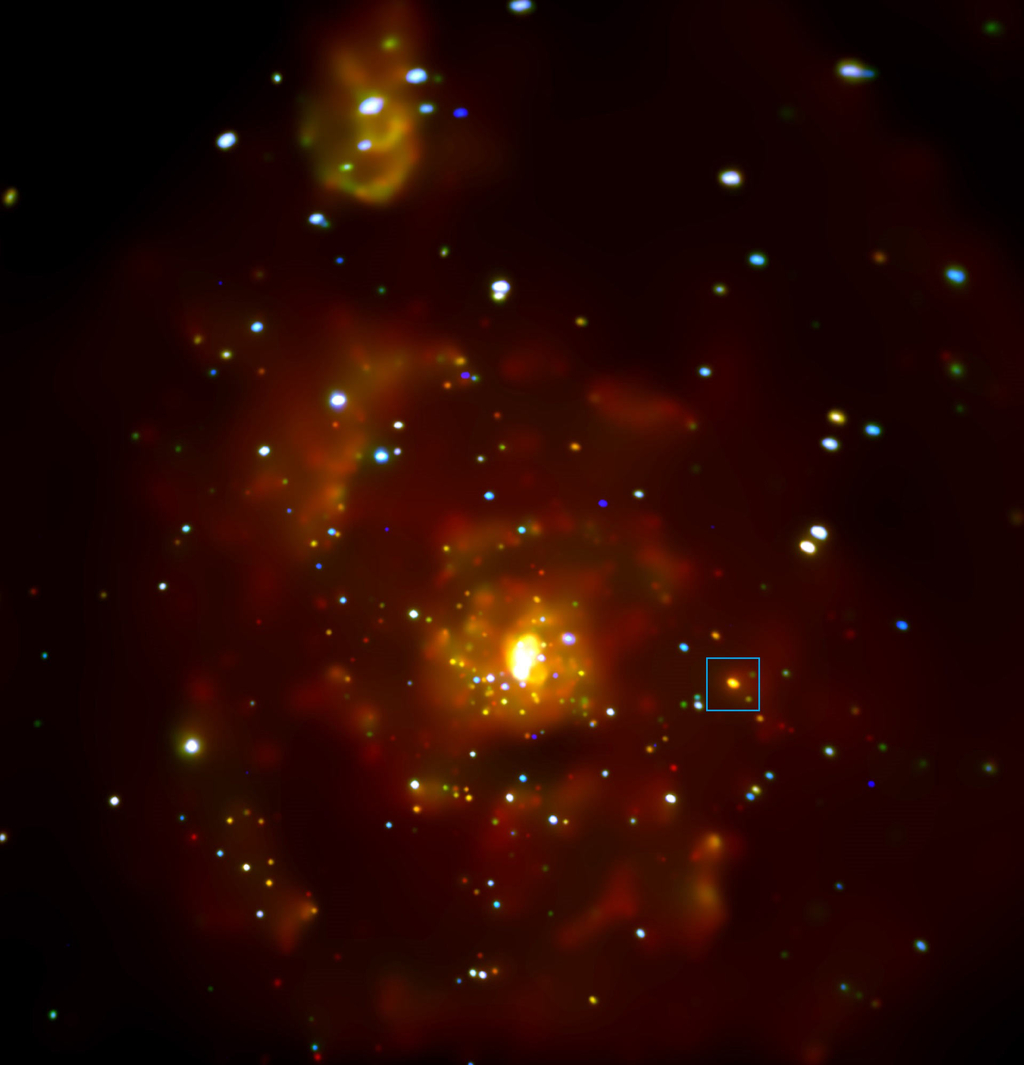
Typically, such binary systems are not favoured as interesting places to look for exoplanets because of the violent supernova event that formed the compact remnant object, putting any orbiting body at risk of disintegration, or at least irradiation – the later one is equally problematic to the first option for most lifeforms. What’s more, the gravitational effects from highly compact objects like neutron stars or black holes are very disruptive, and the remaining star may itself undergo a supernova in the future. It seems that in M51-ULS-1, the planet is still holding up despite such a constantly tumultuous environment. Of course, other explanations like a cloud of dust obscuring Chandra and XMM-Newton's observations have been considered, but the planetary one is still the most likely.
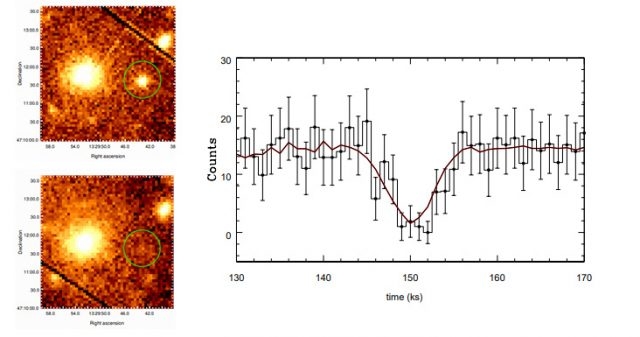
The astronomers also got very lucky with their timing, as they estimate this Saturn-sized planet to have a 70-year long orbital period - it orbits its exotic compact remnant star at a distance twice that at which Saturn orbits the Sun. This means that this result could only be confirmed in decades from now, and considering the remaining uncertainty in the exoplanet’s orbit, this next generation of observers will have to monitor the M51-ULS-1 closely for years before and after the expected date of transit, which in itself only lasts for 3 hours.
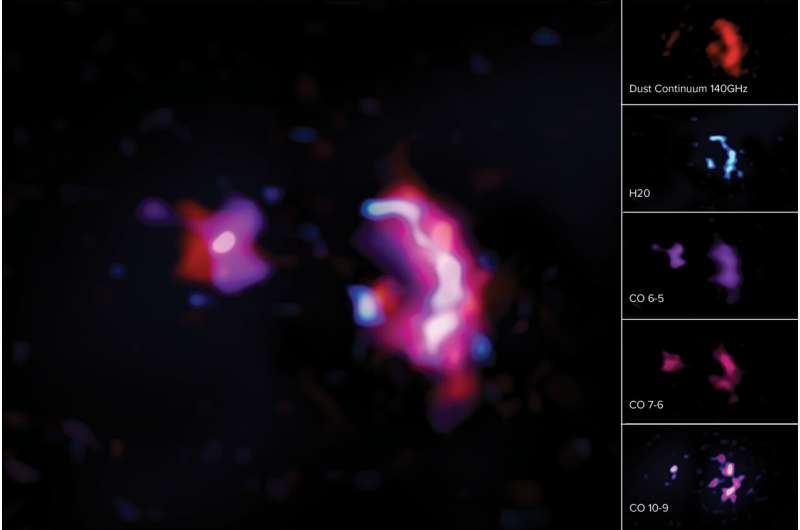
At the same time, another team of astronomers have found evidence that water was already in the Top 3 of the most common substance in the early Universe: in SPT0311-58, 12.88 billion light years away, they found the most distant traces of H2O. This notably opens up the realm of possibilities for imagining civilisations in the first galaxies, which would have long since died out. On the more practical side, this information will be used to construct more detailed models of star formation, since water molecules get excited into higher energy states by photons absorbed and re-emitted by the dust that eventually accretes into stars. The idea is to then use the emission from water molecules as tracers for star formation and evolution.
Expanding our horizons from 3000 to millions, possibly billions of light-years away, the search for life-friendly conditions is indeed a growing topic of research.
Cover Image: X-ray: NASA/CXC/SAO/R. DiStefano, et al.; optical: NASA/ESA/STScI/Gendler; illustration: NASA/CXC/M. Weiss
Image Credits:
1 - M51, NASA, ESA, S. Beckwith, and the Hubble Heritage Team (STScI/AURA)
2 - M51 and system, Di Stefano et al., 2021
3 - Figure 1 / Figure 7 composite from Di Stefano et al., 2021
4 - H2O in SPT0311-58, ALMA (ESO/NAOJ/NRAO)/S. Dagnello (NRAO)
